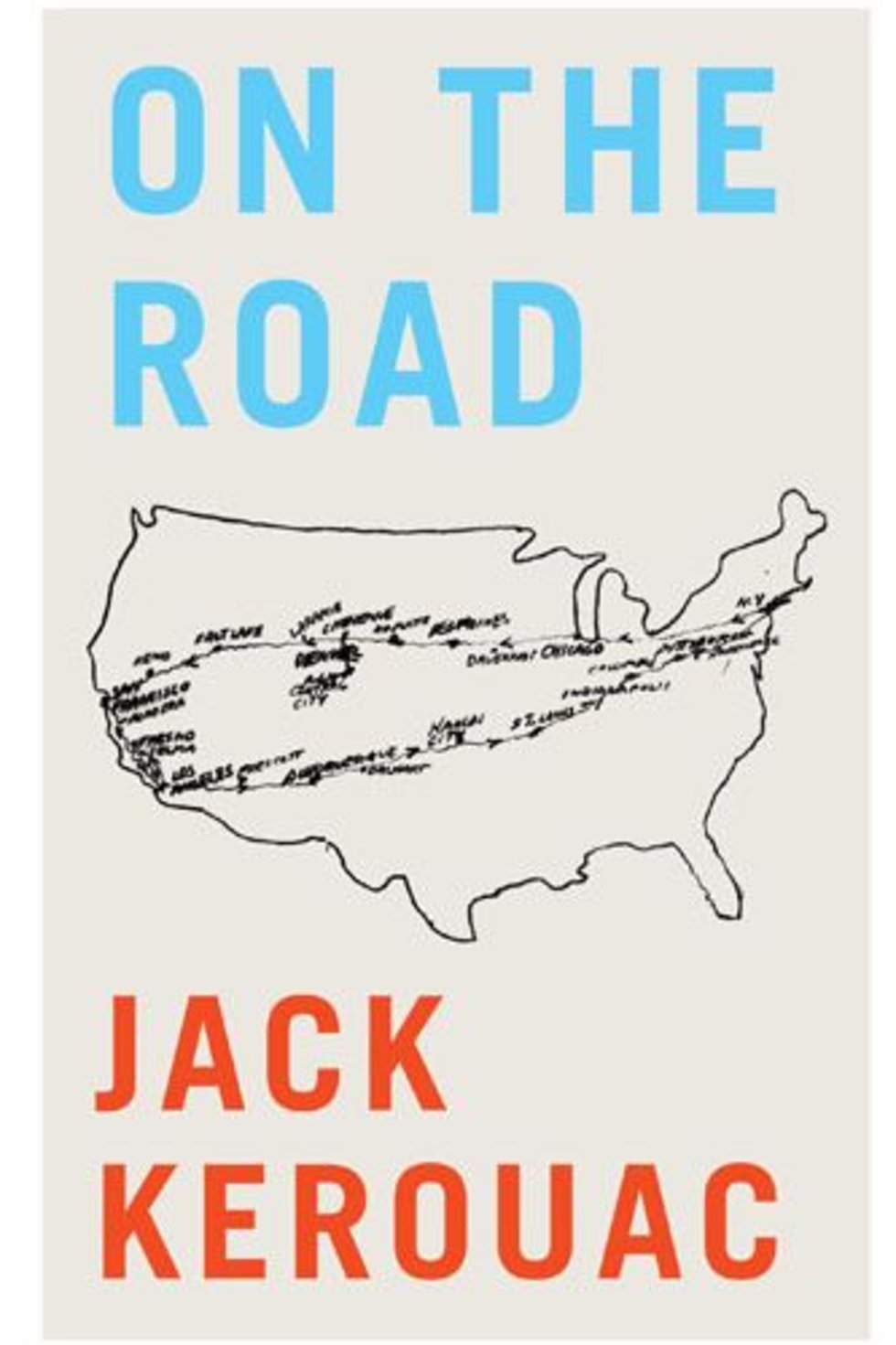

E/MS Unit I: Two Cultures Collide: Early Relations Between English Settlers and Indigenous People in Plymouth and Massachusetts Bay Colonies.Activity 1: Early Years in the Lowell Mills.HS Unit III: Voices of Labor - Working People Organize, 1925-1930.Activity 2: The Work of a Nobel Peace Prizewinner.Activity 3: Fifty Years’ Worth of Gains.Activity 2: The Difference One Individual Can Make.Activity 1: Nineteenth-Century Women Activists.Activity 2: Advocates for Female Education.Activity 1: The 1840s-How Things Stood for Women.Lesson A: Advocates for Higher Education.HS Unit II: Women's Struggle for Equal Rights, 1825 - 1930.Activity 3: Anthony Burns-Slave-Catchers Come to Boston for the Last Time.Activity 2: Comparing and Contrasting Two Points of View in Newspaper Reports.Activity 1: Analyzing the Fugitive Slave Act.Lesson D: The Fugitive Slave Act of 1850: A Case Study of Resistance.Activity 2: New Opportunities in Education.Activity 1: Panel Discussion/Debate: Integration v.Lesson C: The Fight for Equal Education, 1800–1855: Two Case Studies of School Desegregation.Activity 1: Interviewing Anti-Slavery Activists.Lesson B: Men and Women, Black and White, Who Made a Difference.Activity 2: Exploring the Mass Moments Website for Answers.Activity 1: Starting With What Students Know.Lesson A: The Struggle for Racial Justice, 1780-1863.HS Unit I: Free But Far From Equal: The African American Experience in Massachusetts, 1780–1863.


 0 kommentar(er)
0 kommentar(er)
